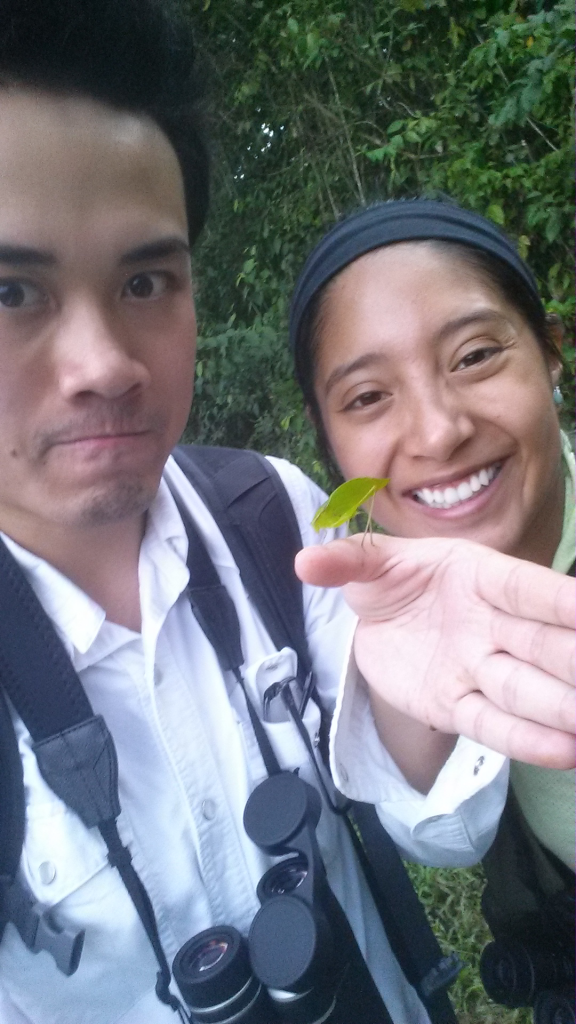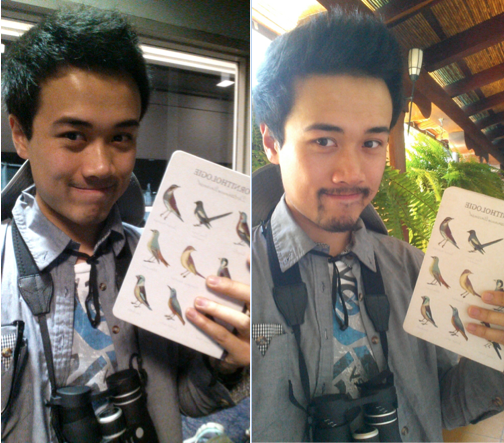
The leaf cutter ants are a quintessential component of the rain forest. They deliver an iconic image of the rainforest through their magnificent trails, but beyond this their ecosystem services truly keep the rainforest thriving. As ecotourism rises, the effects of increased human foot-traffic and disturbances pose a real threat to the pristine rainforest we strive to go see. These disturbances can be felt at an immediate level, even caused by our very own footsteps. The leaf cutter ants pave trails all throughout the rainforest, and these trails commonly intersect with manmade trails. When the ants are not using the trails to forage, they can be seen in the colony taking care of broods or tending to their fungal garden for food. Disturbances on their trails force these worker ants to divert their energy from colony maintenance in order to maintain the trail.
As ecotourism promises to merge our world with theirs, we asked how human disturbances affect the activity in leaf-cutter ant trails. We ran a two-part study to look further into this. Experiment 1 consisted of studying how different hiker group sizes affect ant rates. We hypothesized that as we increase the group size disturbance and damage to the trail, this would ultimately lead to a decrease in activity rates of leaf cutter ant trails. For Experiment 2, we were interested to see how the frequency of visitations affects ant rates. We hypothesized that as the frequency of the disturbance increases from 1 to 3 to 6 times, the activity rates of the ant trails would decrease according to the treatment.
For Experiment 1, we found that overall there was a significant effect of time but not of treatment. What this means is that after the disturbance treatment, the activity rates of the trails were significantly different than from the control trails that did not receive any disturbance treatment. For Experiment 2, we found that overall only time had a significant effect. This means that although the specific treatments didn’t have an effect as time progressed, overall activity rates were significantly different after the disturbance. From both of these experiments, we found that group size and frequency of visitation didn’t have a significant effect. However, our results show how disturbances as a whole do have an effect on the activity rates of leaf cutter ant trails over time. Also, at the beginning of the study, we predicted that the smallest disturbances would not significantly impact the ant trails. However, our results show that even the smallest disturbance did affect activity levels. Although more research still has to be done, we have found that human activity weighs in on leaf cutter ant activity, and that ecotourism should be approached carefully in order to preserve these wonders of the rainforest that continue to fascinate us.

